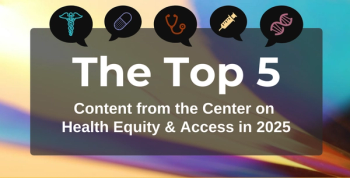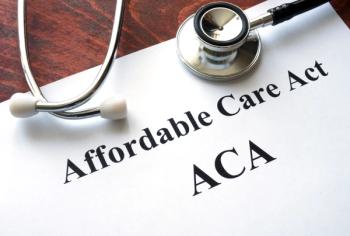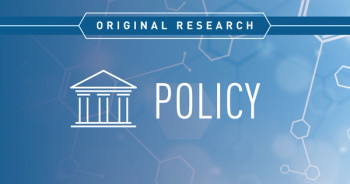
Empowering Lives by Addressing Hearing Loss Comorbidities: A Q&A With Barbara Kelley
The Hearing Loss Association of America advocates for early hearing loss detection, addressing mental health, and improving accessibility to enhance quality of life.
More than
The American Journal of Managed Care® (AJMC®) recently spoke with Barbara Kelley, executive director of the HLAA, to learn more about the importance of early hearing loss detection, integrating psychological support and mental health resources alongside audiological care, and tailoring resources
This interview was lightly edited for clarity.
AJMC: What are the HLAA's key strategies to encourage earlier detection and treatment, especially given hearing loss’ links to other serious health conditions such as diabetes and heart disease and increased risk of falls in older adults?
Kelley: The HLAA is raising awareness that hearing is an important part of overall health and well-being, and it should be tested regularly and treated quickly if there’s a problem. There’s no such thing as a small hearing loss, and we’re working to break down stigma, raise awareness, and increase access to care and treatment.
Our advocacy and resources are making a difference. Our new
AJMC: Why is it important to integrate psychological support and mental health resources alongside audiological care to improve quality of life for individuals with hearing loss and their caregivers?
Kelley: This spring, we had a campaign called
AJMC: What are the most pressing advocacy priorities for the HLAA currently, and what tangible changes are you working toward to improve accessibility and employment opportunities?
Kelley: Hearing loss often affects people’s employment. Some may leave the workforce to avoid problems, some struggle to find a job at all, and many don’t know what accommodations to ask for. We have a task force that holds regular
AJMC: Can you speak to the importance of tailoring programs, resources, and advocacy to effectively support diverse and often vulnerable communities?
Kelley: The HLAA represents millions with hearing loss, but also millions more who are at risk of developing hearing loss. As a nationwide community of support, we offer specialized groups for people to connect on a personal level with others facing similar challenges, and this is where the magic happens. We have a new online parents group starting in November, and our
References
- Hearing loss by the numbers. Hearing Loss Association of America. Accessed October 16, 2025.
https://www.hearingloss.org/understanding-hearing-loss/hearing-loss-101/hearing-loss-by-the-numbers/ - Shaw M. Hearing loss and mental health: connecting care and well-being. AJMC. September 16, 2025. Accessed October 16, 2025.
https://www.ajmc.com/view/hearing-loss-and-mental-health-connecting-care-and-well-being
Newsletter
Stay ahead of policy, cost, and value—subscribe to AJMC for expert insights at the intersection of clinical care and health economics.








































